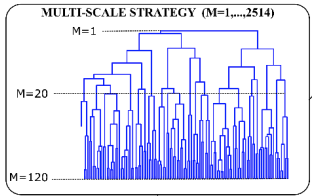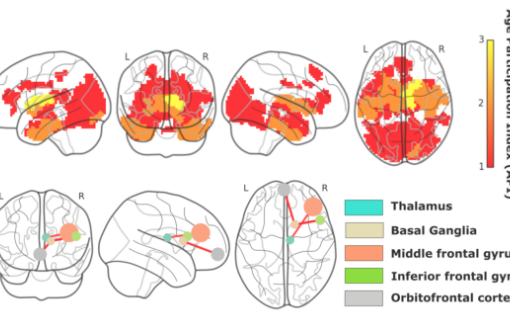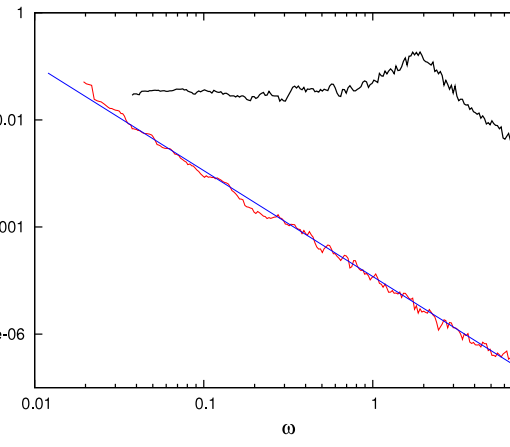D. Marinazzo, J.M. Cortes, M. Postlethwaite and M. Hennig. Synaptic depression and multi-scale phenomena. Society for Neuroscience Annual Meeting 2007
How short term plasticity (STP) affects synaptic transmission has been widely studied during the last decade (Zucker and Regehr, 2001). During repetitive stimulation, a postsynaptic response can be facilitated or depressed or shaped by a combination of both. These effects have been successfully explained by models focusing on two main presynaptic processes: vesicle pool depletion and release probability facilitation. On the other hand, experimental data and recent modelling work (e.g. Xu and Wu, 2005; Billups et al., 2005; Hennig et al., 2007) suggests that additional processes, such as activity-dependent vesicle recycling or calcium channel inhibition due to inactivation or mGluR activation, contribute to STP. Crucially, these mechanisms act on different time scales, hence their effect on synaptic transmission strongly depends on the properties of the presynaptic activity. To investigate the effects of multiple time scale (MTS) dynamics, we present a minimal model which implements synaptic depression as a cascade of different processes, each one occurring with a different time scale. This model was motivated by more detailed modelling of synaptic biophysics at the calyx of Held (Hennig et al., 2007), and represents a phenomenological description of the complex dynamics in STP. For comparison, we also simulate the behaviour of a model with a single time scale (STS) (cf. Abbott et al., 1997). The range of time scales (from milliseconds to minutes) and the number of stages in the cascade are the control parameters of the MTS model. These models were investigated in numerical simulations both on the level of a single synapse and in a recurrent network. The simulations suggest that in a MTS depression model, synaptic facilitation is more effective than in a STS model. At the network level, the stationary level of neural activity within the network becomes less stable to external stimulation, thus enhancing fast adaptation to changing stimuli. Finally , we speculate on the possibility of neural systems in presence of MTS in synaptic depression can read out higher order statistics of the presynaptic stimulation, which could have strong implications from a biological point of view.





